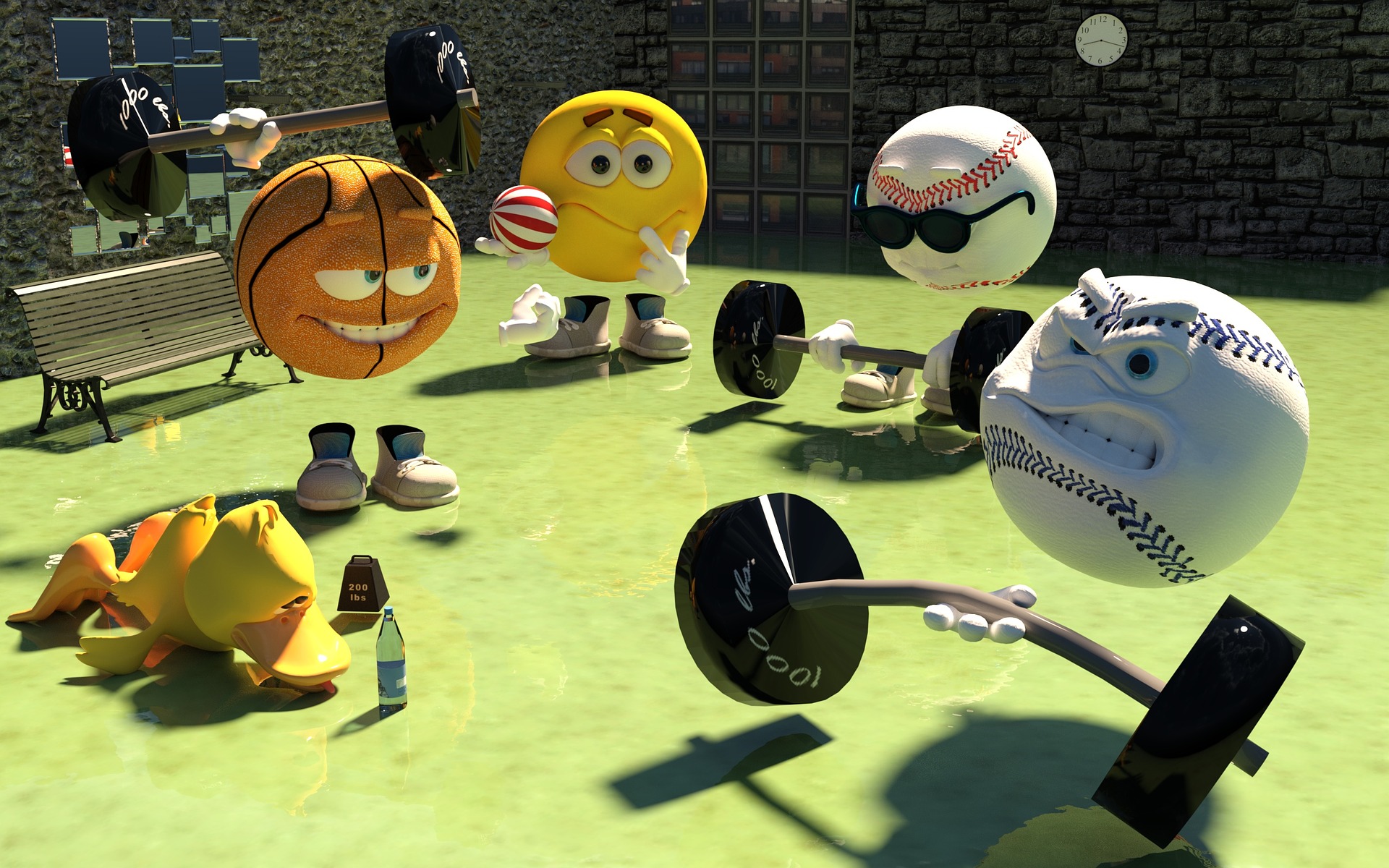
Many people assume that they’ll have to trade in their athletic shoes when they hit a certain age. But, this just isn’t the case anymore. Today, people are staying active in age, even running marathons well into their 70s! Think you’ll be stuck just walking when you get older? Think again!
It’s true: Aging means changing some things in your life. As your body starts to feel the toll of all the years of use and abuse from sports, you might not feel like a spring chicken anymore. Your days of feeling invincible may be numbered and your body may not be as forgiving as when you were younger. The usual stiffness and aches and pains from physical activity may linger longer and there may be no catalyst for some of that pain. But, that doesn’t mean that you have to hang up your athletic shoes quite yet. Staying active in age doesn’t mean trading your running shoes in for walking shoes.
Today, more people than ever before are running marathons well into their 70s. They’re picking up sports like CrossFit, triathlons, even long-distance cycling. As you age, your body handles physical stress differently. However, that doesn’t mean you’ll be stuck in a chair. It means listening to your body and adapting your training and activity to how you feel.
Switch To Shorter More Intense Workouts
Assuming you’re in shape and pretty physically active, you can switch from longer workouts to shorter but more intense ones. For example, if you’re accustomed to long runs, try sprinting or intervals instead. Hour-long weightlifting sessions could be shortened to 20 minute-sessions that are more intense. Really, this has everything to do with listening to your body. If the longer workouts are too much for you (i.e. they’re leading to more pain and injury), then it’s time to switch to shorter workouts. After all, you wouldn’t want to have to give up an activity because of an injury.
Staying Active In Age Means Longer Recovery Times
It bears repeating again – Recover. We stress all the time how important it is to give your body ample time to recover. Yet, so many people take this for granted, until they show up for physical therapy because of pain and injury. As you age, your body definitely needs more time to recover. Your muscles begin to decrease in density, which means your body is working harder to support the stress from activity. This is the primary reason you need longer recovery times. Of course, this doesn’t mean days on end of doing nothing but sitting on your couch. It does mean varying your training – especially in intensity – so that you give your overused muscles a break.
For example, if you’re a runner, switch it up with swimming or cycling more often than you use to do in your younger years. If you do CrossFit, try adding in yoga or Pilates more often. And, of course, take frequent and as needed rest days. It’s not the worse thing in the world to skip a workout if you can hardly get out of bed. It would be the worse thing in the world to push yourself to injury. Do yourself a favor and take a break if you need it.
Handpicked Content: The Best Exercises For Your Heart Can You Be Active With Heart Disease? What’s The Best Way To Exercise?
Substitute Weightlifting
Many people find that as they age it becomes more difficult and painful to hold weights. This could be from such common aging problems as arthritis or carpal tunnel and simply from your grip weakening. However, that doesn’t mean you have to give up resistance training. In fact, resistance training is one of the most important workouts to continue as you age as it helps with keeping weakening muscles strong, coordination, balance, and helps prevent falls. Using resistance bands or your own body weight can be just as effective as dumbbells or barbells.
Build A Balanced Workout Routine
You might have been able to get away with just running or cycling or swimming in your younger years. However, doing just one sport all the time now in age puts you at higher risk of an injury. We recommend have varied and balanced workouts even when you’re young as variety keeps you injury-free. This is even more important the older you get. You should focus on strength training just as much as cardio; balance just as much as coordination, and power just as much as flexibility.
Physical Activity And Growing Older
Everyone knows the importance of physical activity. Yet, many people find it harder to remain active as they grow older. It’s partly because it takes more effort and partly because life becomes more demanding. However, physical activity helps you age more healthily and it can help prevent many injuries and even surgery. It helps you maintain strength for independence. It promotes mental health, improves heart health, and keeps you energetic throughout the day.
Related Content:
5 Aging Myths Physical Therapy Busts
Why Physical Therapy Helps You Age Well
How To Stay Active In Age


